Reading fiction and non-fiction is an imaginative and fun way to immerse ourselves in other people's stories and experiences. So, this year, add some indigenous Australian writers to your curriculum. We have compiled a list of books below that will excite, challenge and amaze you written by indigenous voices.
It is important to read fiction and non-fiction from different backgrounds, especially minority voices. It increases our awareness and empathy. Our reading lists in schools and bookstores often contain authors or stories from white backgrounds and experiences. When you read indigenous writers, you learn about their lived experiences and support their art.
Reading literature by indigenous authors does not directly affect the rights of indigenous peoples and is not activism. However, they will open your mind and your world. Changing attitudes and awareness begins with education and understanding. The indigenous history of all cultures is the history of all.
The list below features Indigenous writers who tell stories and shape the world with both their lives and their art.
That Deadman Dance by Kim Scott
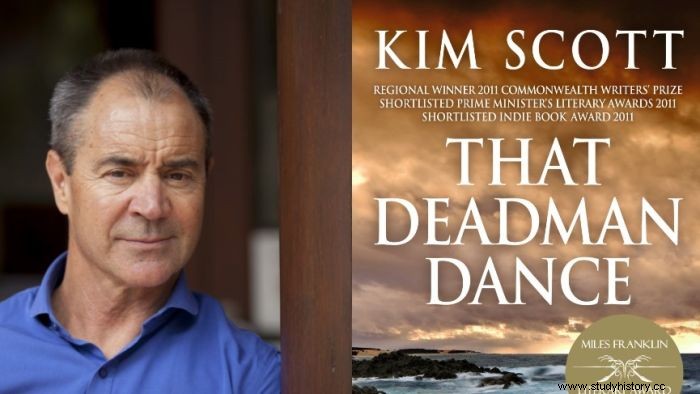
Kim Scott is a brilliant indigenous author from Western Australia. The Deadman Dance is his third novel, and it won the 2011 Regional Commonwealth Writers Prize. In addition, it won the 2011 Miles Franklin Literary Award and several other prominent Australian writing awards. It is now an Australian literary classic and a historical contribution to indigenous literature.
The Deadman Dance is located in the first decades of the 19th century in a region that is now Western Australia. It describes the early contact between the Aboriginal Noongar people and their first interactions with American and European settlers. More specifically, American whalers who began to flood the area.
The novel is from the perspective of a young Noongar man, Bobby Wabalanginy. While Bobby interacts with the new settlers, he joins them on whale hunting, exploring and establishing their colonies. However, Bobby and his community are not aware that settlers will drastically change their world. Slowly and over time, they begin to see the negative effects of the European presence in disturbing ways. Shares mysteriously begin to disappear; crops die; it's' accidents and injuries.
To "preserve peace", the colonists impose rules and regulations, and the Noongar people take a stand. Bobby is facing the crisis of being trapped between two worlds. He does not know whether to immerse himself in the relationship with the settlers or reject their lifestyle.
The novel explores the early relationship and tensions between these two worlds. Kim Scott leads us through a fragile time in history. A time when his ancestors did not yet realize the destructive effects of colonization. It's a beautiful, powerful novel.
Carpentaria by Alexis Wright
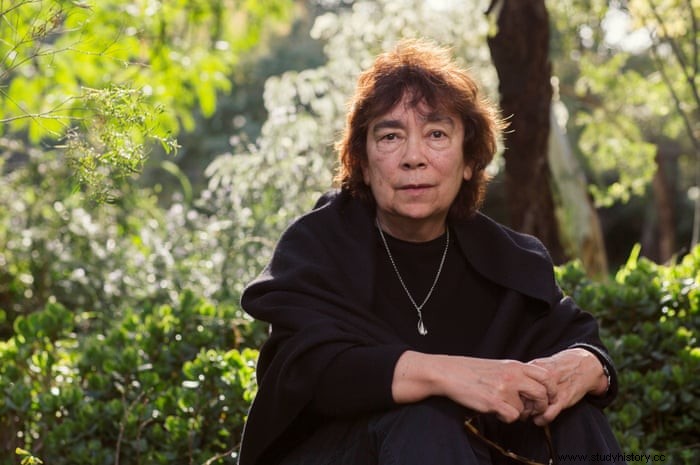
This critically acclaimed second novel by indigenous author Alexis Wright is a delight to read. Since its release in 2006, it is now a modern classic. Alexis Wright is a land rights activist from the Waanyi Nation who fights to restore sacred lands to traditional owners.
The novel tells coherent stories of several inhabitants of the fictional city of Desperance, in northern Australia, Queensland. There, the Aborigines of the Pricklebush clan are engaged in several argumentative conflicts with various enemies in society. Including the white residents of Desperance. In addition, there is a conflict between local law enforcement and government officials. Finally, a large multinational mining company has established itself on sacred indigenous land.
The story focuses on three main characters and their relationship in this unstable environment. First, the Normal Phantom is smart and practical. Second, the nomadic, shamanic practitioner of the Aboriginal traditional religion, Mozzie Fishman. Eventually, Norm's son, Will Phantom, leaves his father's house to make a spiritual journey across the country with Fishman.
Carpentaria is a significant and beautiful contribution to the indigenous literature that you will struggle to put down. It is beautiful storytelling in itself. However, it is a way to learn about the struggle that the indigenous people still face to this day regarding land rights. Alexis Wright is an indigenous author to be reckoned with.
Dark Emu by Bruce Pascoe
Dark Emu:Aboriginal Australia and the Birth of Agriculture is an award-winning non-fiction by indigenous author Bruce Pasco. First published in 2014, it has also won many literary awards and has had a huge cultural impact.
It was a damaging tale that native Australians were completely nomadic for hundreds of years. As a result, the colonial impression of the indigenous people was that they did not cultivate the land or own the land. Instead, they moved from place to place and used resources as they went. Consequently, the colonists assumed that the land was unclaimed and ready to be taken.
However, the settlers assumed this out of ignorance. They could not properly see indigenous culture and country practices as valid as they did not fit into European conventions. As a result, Europeans declared the country terra nullius, which means 'nobody's land.'
In Dark Emu, Pasco re-examines colonial accounts of indigenous peoples. He cites evidence of pre-colonial agriculture, engineering, and construction in many indigenous peoples.
Pasco highlights evidence that indigenous peoples had land management and a deep and complex understanding of controlling the environment. In addition, they used dams, crops, engineering and constructed buildings.
If you prefer non-fiction and want insight into the history of indigenous peoples, Bruce Paco uses storytelling to highlight his research.
The White Girl by Tony Birch
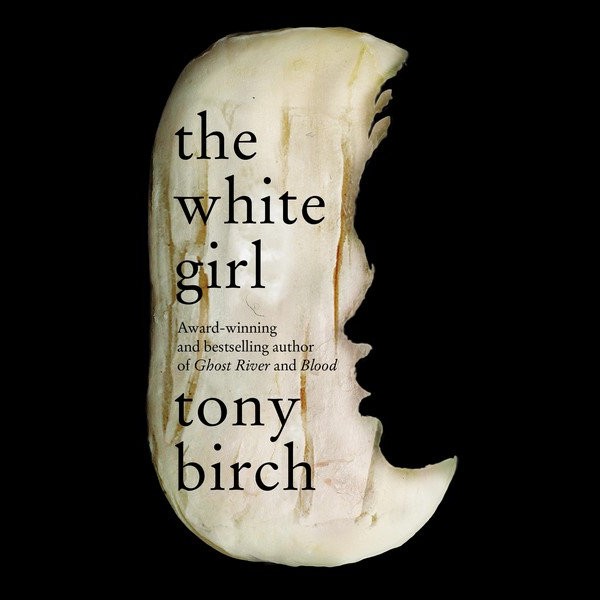
Tony Birch is an indigenous author, academic and activist. Birch spent much of his life as a firefighter. But when he was 30 years old, he decided to go to the University of Melbourne and change his career path. He wanted to win the chancellor's medal for best doctorate in art. Furthermore, he was to become a research fellow at Victorian University. Today he is a writer, academic and strongly involved in indigenous society issues.
The White Girl tells the story of Odette, who spends her entire life on the outskirts of a rural village. Her daughter disappears and leaves her with her granddaughter Sissy to raise her on her own. Odette must try to stay under the radar of the welfare authorities. Authorities are removing fair-skinned Aboriginal children from their families. However, a new police officer arrives in town, determined to enforce the law. Odette must risk everything to save Sissy and protect everything she loves.
The White Girl so Tony Birch became a Miles-Franklin shortlisted writer. The novel focuses on the 1960s and the destructive government's policy of taking indigenous children from their families. Not only is this an example of writing, but an insight into one of the darkest periods in indigenous history.
Tell me why:the story of my life and my music by Archie Roach

Archibald Roach is an indigenous Australian musician and icon. He is a singer, songwriter, guitarist and champion of the rights of indigenous peoples in Australia and now a writer. His memoirs, Tell Me Why:The Story of My Life and Music , tells the story of his incredible life.
At the age of two, Roach and his sisters were forcibly removed from the family by the Australian government. Like many indigenous children, they were placed in an orphanage.
The removal of indigenous children from their communities was part of a racist white policy of assimilation. After two awful placements in a foster home, Roach was eventually taken in by a Scottish family. Their eldest daughter Mary Cox wanted to sing hymns and learn Roach guitar and keyboards. It was at this point that Roach began learning about music.
Finally, when Roach was 15, he was contacted by his long-lost sister, who told him that their mother had just died. Destroyed, he spent the next fourteen years on the streets fighting alcoholism.
However, Roach wanted to overcome this and become an influential indigenous musician. His music told his own stories of loss and being displaced as a child. The album Charcol Lane became one of the most influential songs in Australia's contemporary history.
Archie Roach's story is both devastating and inspiring.
My Tidda, My Sister by Marlee Silva

Marlee Silva is a proud Gamilaroi and Dunghutti woman born and author raised in Dharrawal, south of Sydney. In 2018, she launched an Instagram page dedicated to celebrating indigenous women and girls called "Tiddas 4 Tiddas".
The positive stories of success and ambition the site shows, quickly gathered thousands of followers online. Eventually, it led to a podcast of the same name. Tiddas 4 The Tiddas community tells the stories of the Aboriginal women in the family she grew up with. They were the driving inspirations behind Marlee's debut book, My Tidda, My Sister.
Aboriginal and Torres Strait Islander culture and society have existed on this continent for millennia. The long life of indigenous culture tells stories of beauty and resilience. It is also a culture that women have consistently led.
My Tidda, My Sister shares the experiences of many indigenous women and girls. Marlee Silva gathers their stories on Tiddas 4 Tiddas podcast. For non-indigenous women, it demonstrates the diversity of what success can look like for indigenous women. Furthermore, it gives an insight into the lives of their indigenous sisters and peers.
My Tidda, My Sister is a remarkable book that provides insight into the strengths of indigenous women.
Fire Country:How Indigenous Fire Management Could Help Save Australia by Victor Steffensen
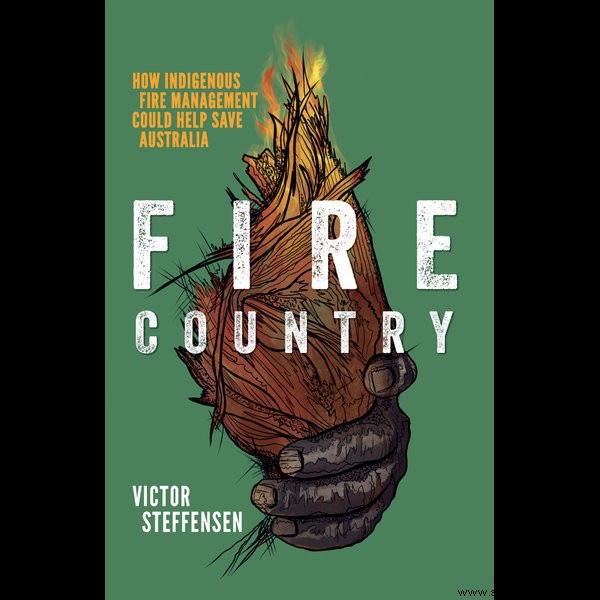
Victor Steffensen is an indigenous author, filmmaker, musician and consultant. He also applies traditional knowledge in a modern context through workshops and projects. He is a descendant of the Tagalaka people through the mothers' connections from the Gulf country in northern Queensland.
Fireland is a powerful report from indigenous peoples 'land management expert Victor Steffensen on the revival of indigenous peoples' fire practices. These practices include improved "reading" of the country and performing "cool burns", which can help restore the nation.
Steffensen has worked for 27 years to revive traditional knowledge and values, especially for land management. For example, indigenous peoples use a method of traditional burning. He spends much of his time guiding other indigenous peoples on traditional land management through his many workshops. He is also a co - founder of National Indigenous Fire Workshops.
Indigenous peoples in Australia used cultural practices to manage the environment around them. For example, these practices controlled fires in dry seasons. In addition, it saw wild animals protected and the land cultivated for food.
Steffensen's book is a beautiful insight into how indigenous peoples manage the earth and how they maintain this tradition.
Song of the Crocodile by Nardi Simpson
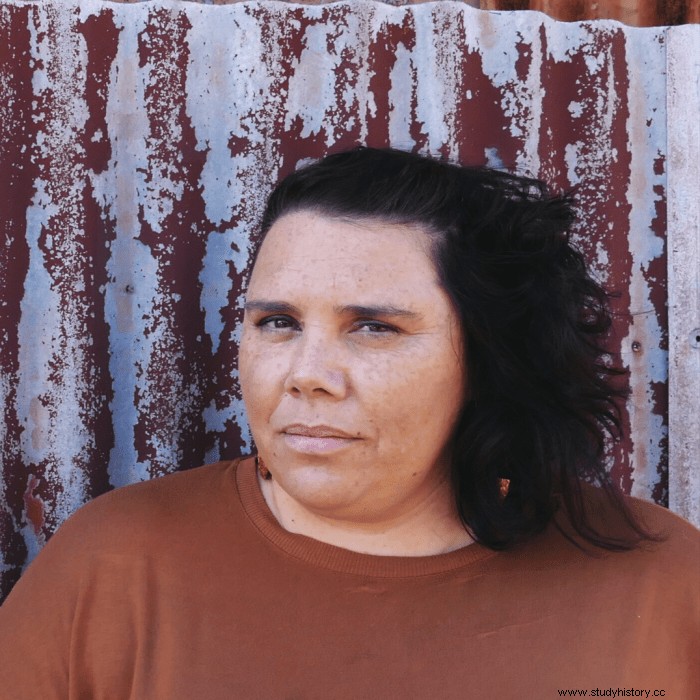
Nardi Simpson is a Yuwaalaraay musician, author and founder of Stiff Gins' indigenous folk group. Her beautiful novel Song about the crocodile, was released in 2020. Simpson is a growing literary voice.
A Song about crocodiles, Darnmoor is home to the Billymil family, three generations who have lived here. Racial relations between indigenous peoples and settler families are plentiful. However, this is enforced through rigid social conventions and unspoken laws instead of explicit violence. Yet society is under constant subtle threat.
While the indigenous people are fighting back, Darnmoor and its surroundings are undergoing rapid social and environmental change. As a result, the Billymil family is monitored and sometimes visited by the spirits of the recently deceased ancestor. The spirits look for their descendants and try to help them on the right path.
Beautifully written and artfully told, this is a story about the effects of intergenerational trauma and the effects of colonization.
the conclusion
We should all aim to read fiction or non-fiction by minority groups throughout the year. Literature and writing have always been about getting into perspective. Books have the unique advantage of introducing us to stories, lived experiences, emotions and characters' thought processes.
This can be an emphatic and emotional way to learn about different cultures and experiences from our own. Besides, we should not read books by indigenous authors just for this reason, but also because they are excellent books.
This list is a great starting point to get some exposure for great indigenous writers and learn about their culture along the way. Expanding our horizons and challenging ourselves to read in a more diverse way is exciting.
Reading books by POC authors generally means that they are free from biases and outside cultural preconditions. In addition, the purchase of books by indigenous authors shows the need for more of this literature in the publishing industry. Literature from all experiences and cultures will also mean greater representation for that society.
For example, many literary classics that have indigenous figures often portray them as supporting figures seen through a white-Australian lens. Indigenous writers must be given the recognition they deserve as artists and the ability to tell their own stories.
